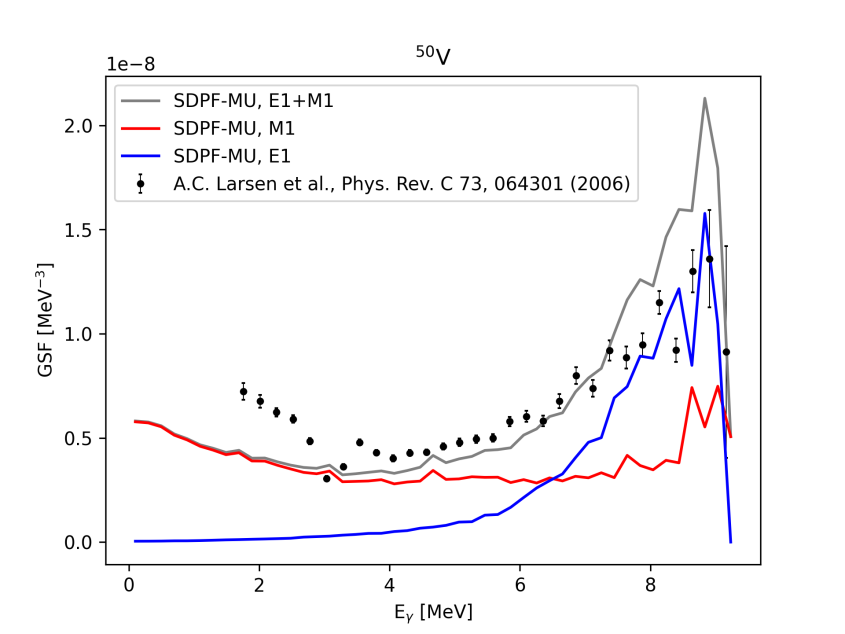The atomic nucleus is an extremely complicated quantum-mechanical system. The nucleus is composed of both neutrons and protons and is a many-body system that interacts with itself and the environment through all the four forces of nature.
Understanding the behaviour of the atomic nucleus is of vital importance to a breadth of scientific fields, ranging from medicine to stellar nucleosynthesis.

The nuclear shell model
Due to the complexity of the nuclear interaction, it is not possible to calculate nuclear properties from first principles – one has to resort to models that grasp the most important physics for a given nucleus. A very successful approach is the nuclear shell model, for which the full-scale many-body problem is reduced to an inert “core” and a few valence particles. Even with such a simplified model, calculations are not feasible for many cases as one quickly runs out of both memory and CPU power.
Calculating the properties
At the HPC project gRESONANT the researchers use the code ‘’KSHELL’’ to model the atomic nucleus using the nuclear shell model. With this code, they can calculate properties of the atomic nucleus, such as energy, spin, and parity. They study the decay properties of certain isotopes of the medium-mass nuclei scandium, titanium and vanadium in an effort to understand experimental data that has so far remained unexplained. In turn, these properties will impact their understanding of astrophysical neutron-capture reaction rates needed for the element nucleosynthesis in stars and neutron-star collisions.
"Due to the sheer sizes of our calculations concerning memory and CPU requirements, they would simply not be possible without Betzy."
Jon Kristian Dahl, student and Ann-Cecilie Larsen, Professor, Oslo Cyclotron Laboratory at UiO
Utilizes Betzy's parallelism
KSHELL is a highly parallelisable application that greatly benefits of the large number of cores on supercomputer Betzy. KSHELL scales well at up to 128 nodes which amounts to 16384 CPU cores, and the node count can be pushed even higher, still yielding good results.
A hybrid OpenMP + MPI implementation delivers the best performance and using SMT decreases the computation time by up to 20%.
KSHELL run on Betzy
The different lines in the graph are theoretical calculations for gamma radiation to vanadium-50, where the code KSHELL is run on Betzy.
